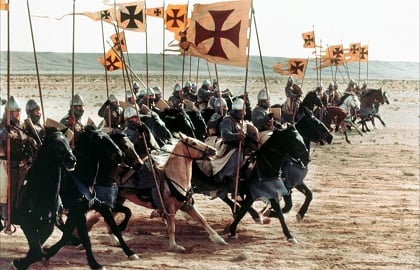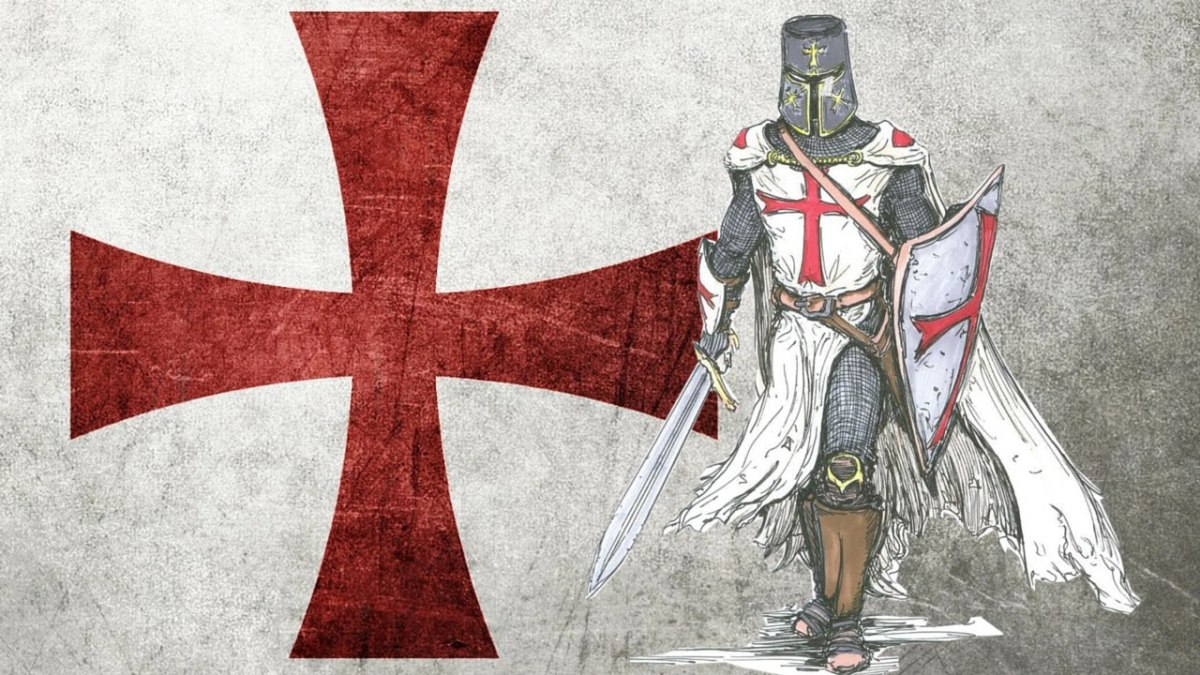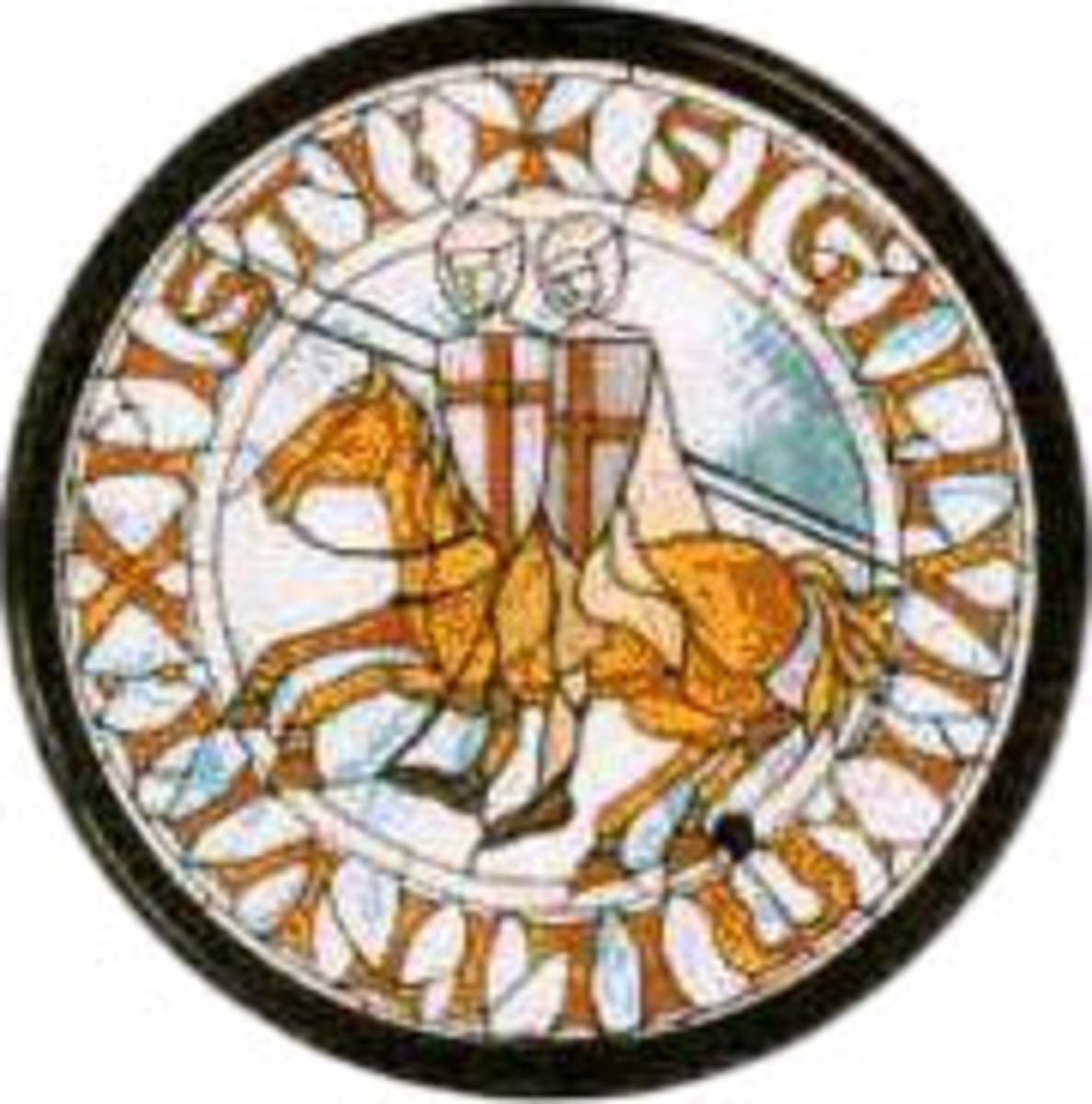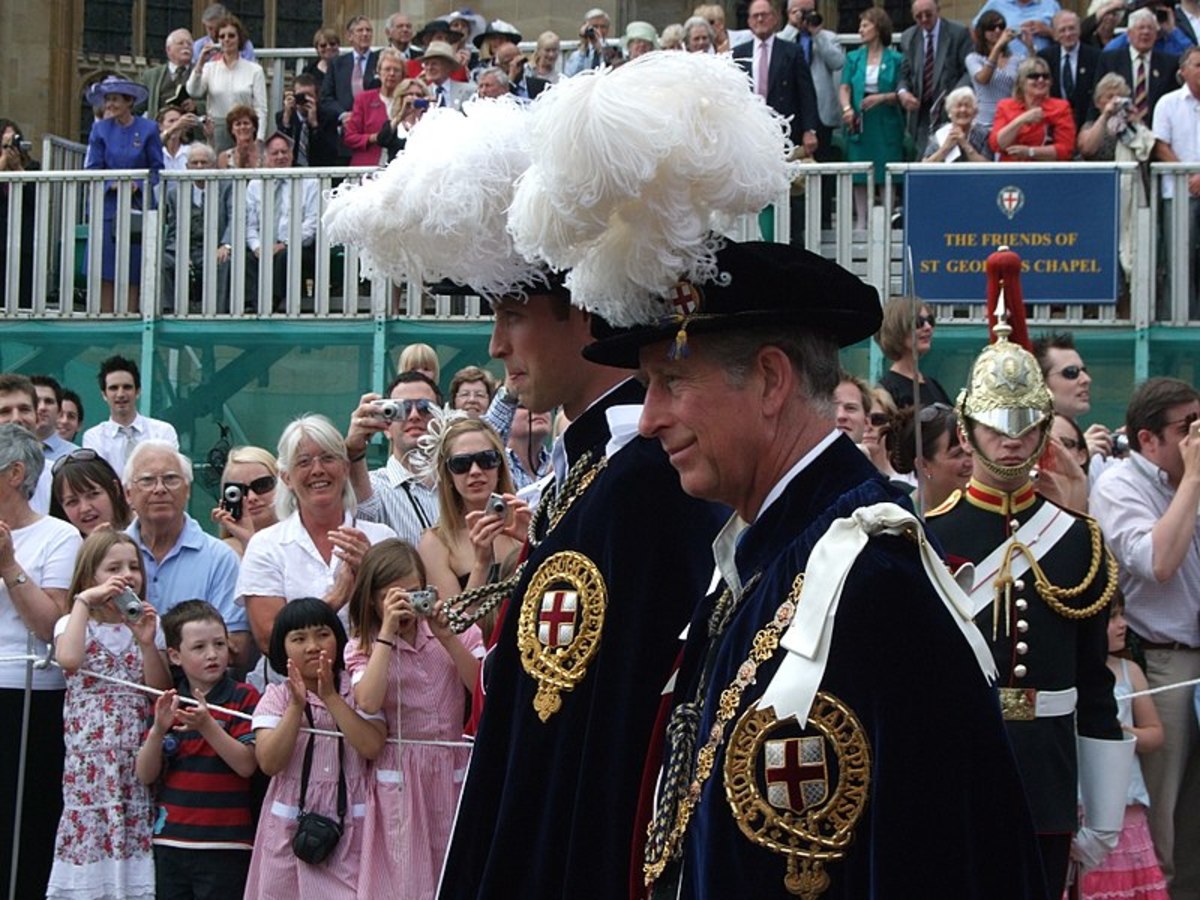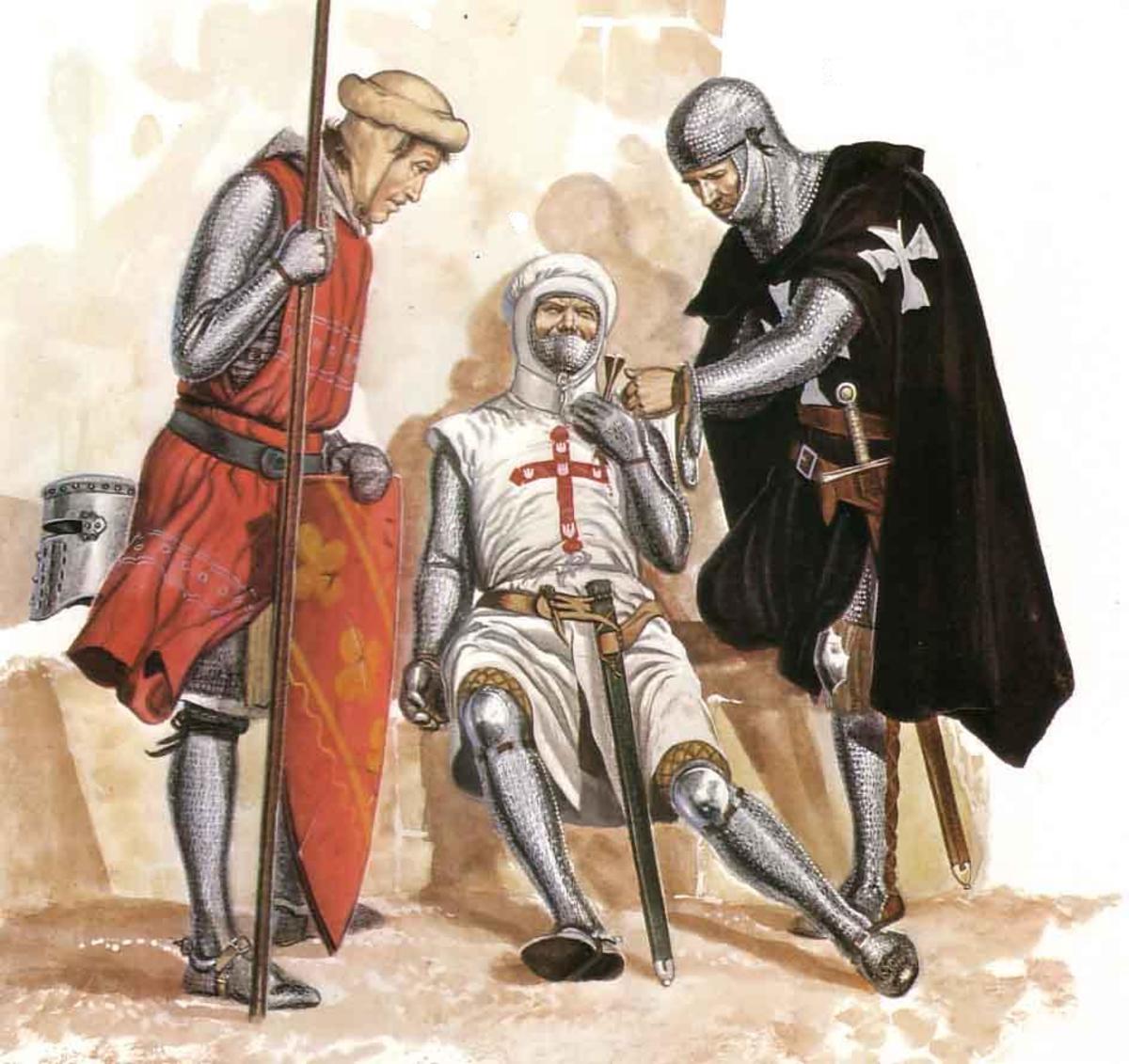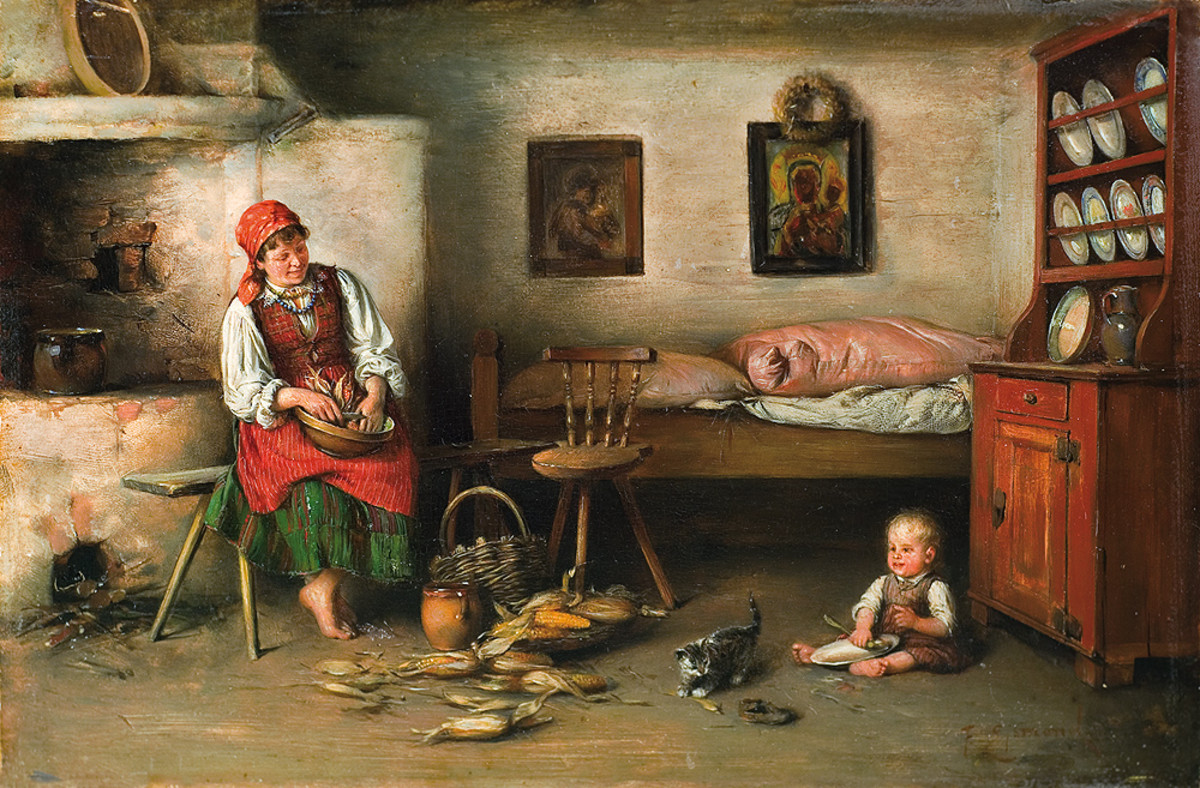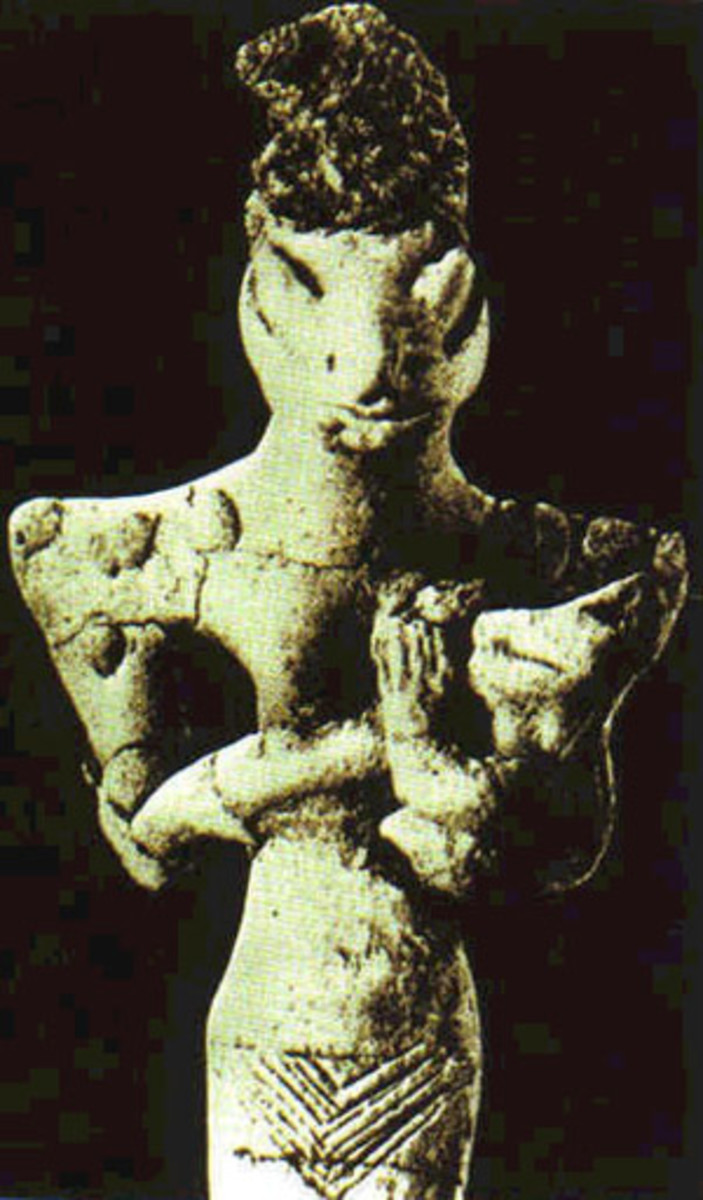THE GREAT TREASURE OF THE KNIGHTS TEMPLAR
Dorians Treasure mysteries revealed: The great Treasure of the Order of Knights Templar.
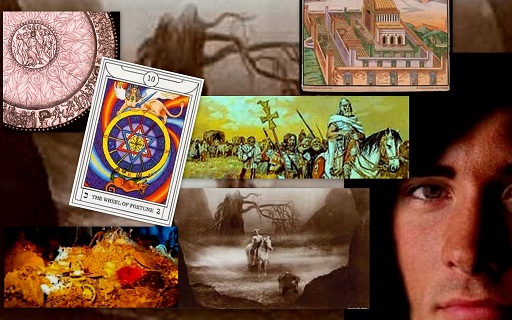
Philip the Fair, the Greedy. Persecutor of the Knights Templar Order
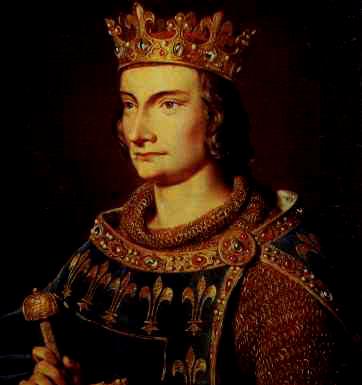
The wealth of the Knights Templar:
In 1129 the Knights Templars were officially recognized as a fighting and military spiritual order, as a branch of the Roman Catholic Church. Knights who wanted to join this order were therefore subjected to the strict rules pertaining to every monk’s order, which included the oath of poverty and of chastity.
Initially the Order of the Knights Templar was mainly founded to fight the dangers that were threatening Christianity and the holy city of Jerusalem, and to help pilgrims who were travelling from the Western world to Palestine.
Every person who wanted to be a Knight Templar had to pass strict muster. They had to be:
- Of noble birth
- Found worthy to become a knight in normal life
- The family had to donate a big monetary gift to the Order of Knights Templar
- The new knight had to abide by all the rules of the Catholic Church, which were valid for every monk’s order.
Due to those rules most noble families were happy to have their sons inserted into the order as long as they were not the heir of their family. In those days e.g. second sons were often destined for the Church anyway, but now they could remain a knight and fight for God and Church. Knights that would join lost, because of their oath of poverty all their worldly goods to the Church.
Wealth of the Knights Templar out of accumulated treasures:
- The Meroving treasure: The Meroving kings ruled from about 500 A.C. till the year 751 when Pippin the Short, son of Charles the Hammer and father of Charlemagne put himself on the Meroving throne.
- There are a lot of presumptions and doubts about the treasure of the Meroving Kings but it is assumed it consisted of the:
- Riches of the Roman Empire, robbed after the sacking of Rome by the Visigoths in 410 who were later on conquered by the Meroving kings.
- It is presumed that Solomon’s great richness (1000 BC and kept in Jerusalem and the conquering kingdoms Nebukadnezar II 586 BC and Xerxes 480 BC) and treasures were partly possessed by the Romans and thus were part of Rome’s treasures.
- The Romans conquered the rich Byzantines and the Greek and robbed them of their treasures.
- In 30 BC Octavianus conquered Egypt and many of Egypt’s treasures were shipped to Rome.
- When Alarik I, King of the Visigoths conquered Rome in 410 AD, Rome was the richest city in the world.
- When Clovis 1 won his last battle against the Visigoths in 508, the treasure of the Visigoths became entirely his. This treasure is often referred to as the ‘Treasure of the Nibelungen’ in the Sigfried saga.
- Already in 613 Pippin van Landen was able to put his hands on the great treasure of the Meroving kings.
- His son Peppin of Herstal (635-714) took possession of the whole treasure. Big parts came into the hands of his grandson Charlemagne. (742 –814). After Charlemagne’s rule and death the treasure went ‘underground’ again. It is possible that Charlemagne moved parts of the treasure of Solomon back to Jerusalem.
- The treasure of the Templars is deemed to have consisted of parts of the Roman, Visigoth, Meroving and Caroling treasure and whatever they gathered together themselves out of other ‘funds,’ banking and merchandizing etc.
- The Visigoth treasure consisted of a general (governmental) treasure and the private treasure of Alarik I and his descendants (410 AD + ). This private treasure has never been ‘unearthed,’ neither has the treasure been found that went into Alarik’s grave in 410 AD.
It was Philip the Fair’s greed (1268-1314) that brought down the whole Order of Templars ending in the burning on the stake of their Grandmaster Jacques de Mollay in 1314. His efforts proved to be in vain: apart from the fact that he died in the same year 1314 the treasure of the Knights Templar had been hidden.
THE USE OF ROSSLYN CHAPEL as a haven for the Knights Templar’s treasure.
In 1441 William Baron St. Clair (1410-1484) of Roslin Castle in Scotland hired a big group of builders and masons to build a chapel that would be called Rosslyn Chapel later. He actually only started the building of the chapel in 1446 and it is presumed now that he used the 5 years from 1441-1446 to build a secret corridor and vault that would lead from his castle to Rosslyn chapel. The vault under the chapel was built according to the plans of the Temple of King Solomon (1000 BC). Solomon built this complex under his Temple to house his treasures. It is supposed that the vault of Rosslyn Chapel was used as a transfer haven for the wealth of the Knights Templar to a more final destination. This fact becomes evident because William’s son was not inclined to finish the building of the Rosslyn Chapel after William’s death. Actually enthusiasm for Rosslyn chapel disappeared completely after William’s death. That would not have happened when the treasure would still have been there.
There was a distinct connection between the Knights Templar and the St. Clair of Roslin family:
- In 1128 Henri St Clair, 2nd Baron of Roslin, served in the First Crusade (started in 1099). Hugues de Payens, (1070–1136) connected to Catherine St. Clair was the co-founder and first Grand Master of the Knights Templar. He met King David 1 (1084 –1153) who was prince of the Cumbrians, Earl of Northampton and Huntingdon and later King David 1 of Scotland.[5] The Order established a seat at Balantrodoch, now Temple, Midlothian.
- Henry Sinclair, 2nd Earl of Orkney, William St. Clair’s father (1375-1422) was known to be connected to the old Order of Knights Templar and the newest secret Orders of Freemasons in Scotland. William probably followed in his father’s footsteps.
- Obviously the St. Clair family always stayed connected to the Knights Templar Order that presumably became a Freemasons Order: William Saint Clair of Roslin, 21st Baron of Roslin (died in 1778) was a freemason. He was elected as the first Grand Master of the Grand Lodge of Scotland in 1736.
What was known about the Knights Templar’s treasure in 1307-1314?:
- A part of the treasure was retrieved by Philip the Fair and brought to the from the Templar’s Temple in Paris to the Louvre Palace.
- In the times of their persecution (1307-1314) the Templars’ headquarters was on Cyprus.
- As they were having big problems with the kings of Cyprus in those days it is presumed that the treasure was gradually moved from Cyprus to Aquitaine and Malta. That became also the reason why people think that big parts of the treasure are still buried near to Rennes-Le-Chateau in France, in those times part of Aquitaine.
- In 1309 the Knights Hospital, an order similar in the beginning to The Order of the Knights Templar acquired part of what the Knights Templar openly possessed of their richness. This cannot have been much as the Knights Hospital almost went broke between 1319 and 1322.
The discovery of a ‘Money Pit’ on Oak Island, Nova Scotia.
In 1795 16-year old Daniel McGinnis discovered a round ‘imprint’ on an open space on the South Eastern part of Oak Island that is part of Nova Scotia (Canada). Above the spot Daniel saw a winch in one of the oak trees. He started to dig the place with some of his friends and discovered about one yard deeper, that there was a layer of tiles covering a pit. On the brink of the pit there were inscriptions that were later discovered to be Coptic (Egyptian Christian). Translation of the inscription said: ‘that whomever read the inscription, better have God in their hearts, or die.’ Daniel and his friends found out that after every 3 yards down woodblocks were ‘protecting’ the pit. After having dug 9 yards they gave up.
Oak Island Money Pit excavations:
Daniel’s pit soon got the name to be ‘a money pit.’
People started to think it was Blackbeard’s or Captain Kidd’s. Nowadays people don’t think this pit was made by pirates. Pirates normally did not go through the bother of devising a special hiding place. They normally only wished to hide their treasures for a shorter time period, to pick their treasures up again when it was safer for them to unearth them again.
The Money Pit discoveries:
8 Years after Daniel’s discovery the Onslow Company started to dig in the Money Pit again. They dug about 28 yards deep. Every 3 yards they found wood platforms, coal, wax and cocoa-plant fibers.
At 23-27 yards they found a stone with inscriptions stating that if they went 40 yards deeper they would find a great treasure. When the Truro Company started digging about 40 yards deeper in approx.. 1850 down they found nothing but a big layer of clay. The pit started to fill with water at 11 yards down (Oak Island is 11 yards above sea-level) and excavation was abandoned.
There were a lot of companies after Truro who took their chances on Oak Island, but none was successful.
How big are the chances that the Knights Templar’s treasure is hidden on Oak Island?
- Nobody digs pits with structures of tens of yards deep just for the ‘fun’ of it, so it is clear that the ‘Money Pit was dug for a purpose.
- America was officially discovered in 1492. Would it be possible that the Templars had discovered Oak Island far before Columbus? It is not at all impossible. There is proof enough that people from the Continent have found and visited America before 1492. There have even been found proof that Templars and Vikings have been there before Columbus.
- The Knights Templar experienced bad times in Europe, they were haunted, what ever was left of them after 1314. It is reasonable to think they searched for a place outside of Europe to flee to and to hide their wealth.
- William St. Clair was a 'Prince of Orkney.' Orkney was in those days Viking land. The Vikings had discovered Greenland before those days and of course it had been easy enough for them to sail more to the West to Canada. It would have been easy for William to hear about this country to the West and decided to ship the treasure there after collecting it at Rosslyn Chapel.
- Is most definitely possible that Columbus heard about this treasure and got his King’s and Queen’s approval to search for it.
- The Coptic inscriptions warned that you ‘had to know God or die.’ Pirates obviously did not believe in any God, or at least did not care. Referral to God must come from a group that was Christian.
- The Coptic inscription and the way the Money pit was build, remind of the way Egyptians used to build their pyramids. It is possible that the treasure-keepers had hired the help of an expert at pyramids. In this case merely digging will never bring anybody to the treasure.
The value of the treasure, if still intact must be billions or trillions of dollars. Do you think it worth to take another look on Oak Island?
Knights Templar battling in the Holy Land
